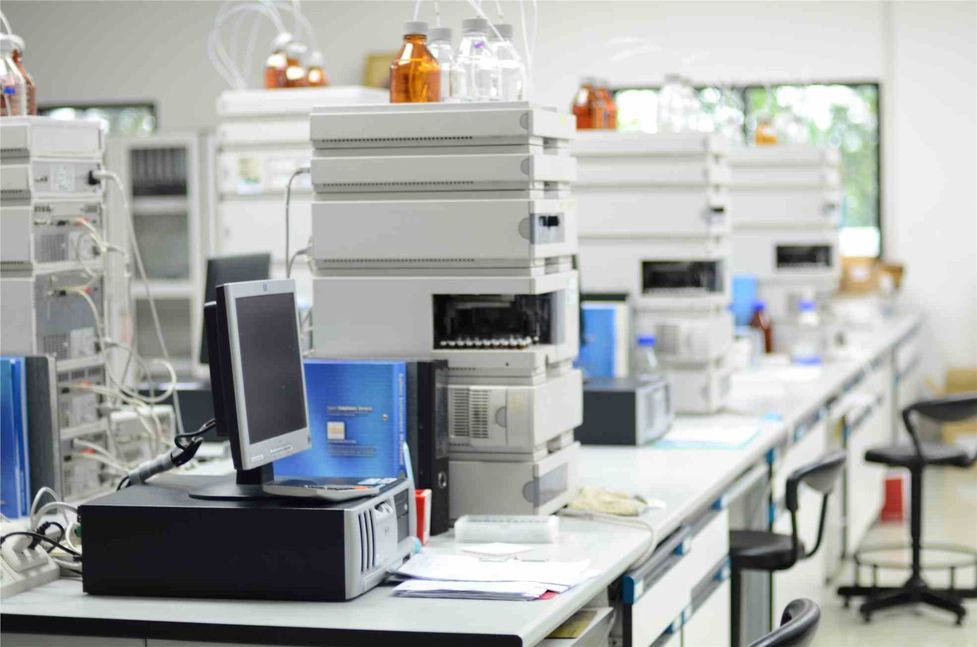


Sialic acids are widely found in nature as a component of oligosaccharide units in mucins, glycoproteins, and other microbial polymers. CD BioGlyco has accumulated extensive experience in sialic acid analysis and provides simple, fast, and sensitive sialic acid analysis services by Liquid chromatography-mass spectrometry (LC-MS) for our clients.
Sialic acid represents a member of a family of more than 20 compounds derived from neuraminic acid. Studies have shown the high sensitivity of sialic acid in serum or plasma as a tumor marker under various cancer conditions. Therefore, the quantification of total sialic acid or glycolipid-bound sialic acid in the serum helps to improve the accuracy of clinical diagnosis and treatment. During the past years, several analytical methods have been developed for the quantification of sialic acids, including colorimetric assay, fluorometric assay, HPLC, and MS. Among those methods, HPLC and MS are widely used. For example, the sialylated proteins, as potentially cancer-associated proteins in serum, are quantified in prostate cancer using LC-MS/MS.
The sialic acid N-acetylneuraminic acid (Neu5Ac) is usually the terminal residue of extracellular glycan chains and is particularly important in human protein glycosylation, usually linked to galactose by α2,3- or α2,6-glycosidic linkages. The current methods of discrimination of sialic acid linkage positions using linkage-specific exoglycosidases or glycan permethylation analysis are labor-intensive. Scientists have demonstrated the applicability of the method for enrichment of glycopeptides from serum and urine samples using hydrophilic interaction chromatography (HILIC), where it is possible to separate the α2,3/α2,6 isomers with C18 nano-LC-MS and assign the α2,3/α2,6 status of glycopeptide. The method is applied to human serum and urine samples.
Sialic acids are a diverse family of sugars with neuraminic acid (a nine-carbon sugar acid) as the parent compound. The two major forms of sialic acid in mammals are Neu5Ac and its hydroxylated form, N-glycolylneuraminic acid (Neu5Gc). A less common sialic acid is 2-keto-3-deoxy-D-glycero-D-galacto-nonulosonic acid (KDN), which is frequently found in lower vertebrates. Some studies have pointed out that the levels of urinary Neu5Ac, Neu5Gc, and KDN are quantified by LC-MS/MS.

Based on our completed sialic acid analysis Strategies, CD BioGlyco provides fast, specific, and sensitive sialic acid analysis services by LC-MS/MS for our clients worldwide.
CD BioGlyco is one of the most reliable partners with lots of experienced scientists. We are committed to providing high-quality sialic acid analysis services by LC-MS for our clients. If you are interested in our services, please feel free to contact us for more details.
Reference:
